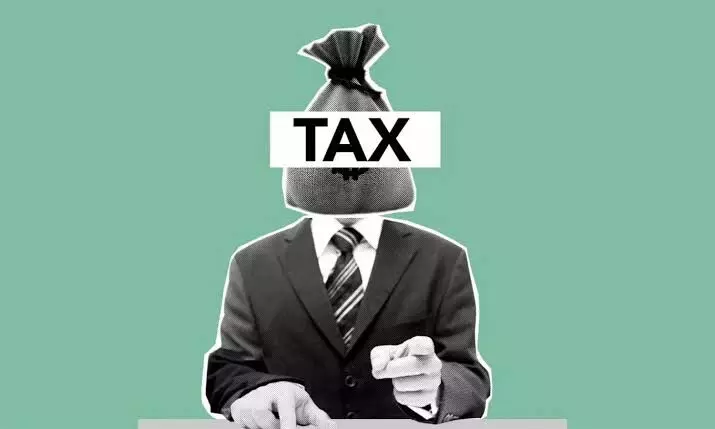GST 2.0 should pave way towards single tax rate: Report

New Delhi: The long-term success of Goods and Services Tax (GST) lies in moving towards a single nationwide tax rate, and that GST 2.0 must act as the stepping stone by keeping to just two slabs – 5 per cent and 18 per cent – while capping the peak rate firmly at 18 per cent, not 40 per cent, a report said. "Creating a 40 per cent slab, even for a narrow set of sin or luxury goods, will set a precedent for creeping expansion. Over time, more items will be drawn into this category, undermining the very purpose of simplification," Think Change Forum, a think tank, said in a report on Monday. The report titled 'GST 2.0: Two Slabs Today, One Rate Tomorrow', strongly recommended pegging the peak indirect tax rate, including cesses, to 18 per cent.
This will in one stroke remove anomalies such as inverted duty structures, cut down grey and illegal markets, reduce litigation and compliance burdens, and restore credibility to the GST system, it said. It is noted that the high-powered GST Council, chaired by Finance Minister Nirmala Sitharaman, will meet on September 3-4 to discuss moving to a two-slab taxation of 5 and 18 per cent. The council, comprising finance ministers of all states and UTs besides the Centre, will deliberate on the recommendations by the three GoMs on rate rationalisation, compensation cess and health and life insurance. The report underlined that moderation of taxes is not a revenue sacrifice but a growth strategy. By reducing distortions, India can drive higher consumption, expand compliance, and over time generate massive tax collections to fuel its ambition of becoming a developed economy, it said. It also pitched for transparency with regard to additional cesses and surcharges on luxury and demerit goods. The report proposed a "Cess Rulebook" with guardrails on when and how cesses can be levied, indexed, or sunset. This would bring predictability to tax planning and restore credibility to India’s indirect tax regime.
There is also a need to avoid backdoor revenue devices, it said, adding, measures like taxing on maximum retail price instead of transaction value, or exempting sectors such as insurance from GST without preserving input tax credit, distort GST’s design and add hidden costs. Speaking at the launch, Think Change Forum Secretary General Ranganath T said GST reform must go beyond symbolism. For it to be a genuine amendment for the people of India, the details matter. The goal should be a transparent, predictable tax system that keeps the peak rate at 18 per cent and gradually converges to a single rate, he said, adding, only then will GST truly become 'One Nation, One Tax'. "GST 2.0 must not repeat the mistakes of the past by creating more slabs or raising the peak rate. The real reform lies in simplification — two slabs today, and eventually one rate tomorrow. That is the path to higher compliance, fewer distortions, and sustainable revenue growth," Nilanjan Banik, Professor at Mahindra University and author of the report said.



